And so, the proprietary wars begin.
We here at Motrolix like to think that Tesla Motors’ decision to release their own patented electric vehicle tech as public domain was a smart one; it encouraged an atmosphere for future development and adoption that was more collaborative than competitive. For a newbie electric automaker, especially to overcome the many reservations of a populace used to conventional internal-combustion engines, that intended effect is key.
But so far, we have yet to see anyone taking Tesla Motors up on their offer. And in fact, Forbes recently reported that the American divisions of BMW and Volkswagen are partnering-up to create their own rival supercharger network, using a different connector standard.
The automakers are teamed with the startup ChargePoint, which provides for many of the country’s charging stations already. In fact, the company already has a network of about 20,000 stations across North America.
The BMW-VW-ChargePoint supercharger network is looking to add 100 stations to that existing count, all along both coasts of the continental US. Each station will be within 50 miles of another along these two coastlines, and will offer 24 kW Combo and 50kW DC fast chargers, as well as slower Level 2 chargers for those cars that are incompatible.
However, BMW, Volkswagen, and others have chosen to adopt an SAE standard Combo connector, which is incompatible with the proprietary connection used on Tesla Motors’ own cars and supercharger network. This means that Tesla owners will not be able to make use of the BMW/Volkswagen network, and vice-versa. Meanwhile, Japan favors their own domestically-developed charging standard which is different from both of these connectors.
So, while the easement of range-anxiety has seen progress, and supercharger networks across the globe continue to grow, there is still undeniably a bit of a passive-aggressive battle for connector-type dominance in the electric-car field. If Tesla Motors’ market-share ever swells to the size of CEO Elon Musk’s expectations, they will at least have to expand their own 150-station supercharger network.
Or at most, adopt the favorite SAE standard.

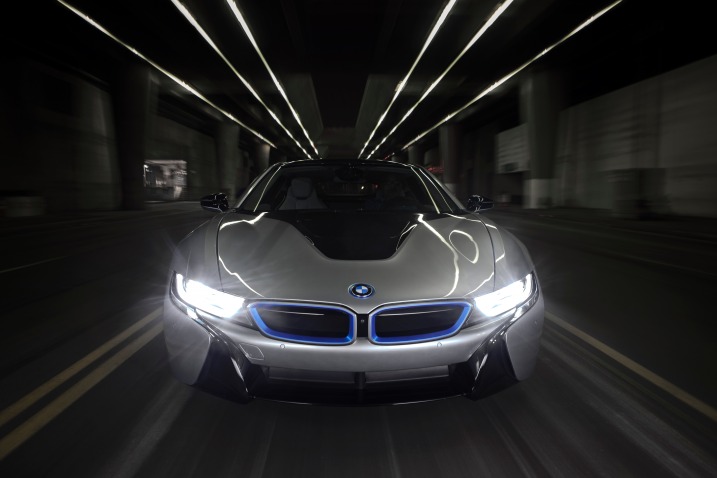
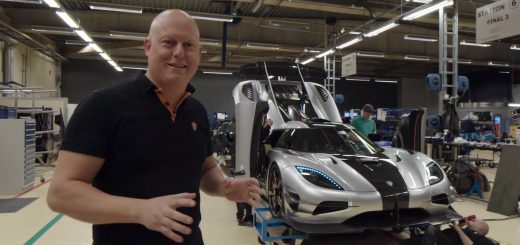
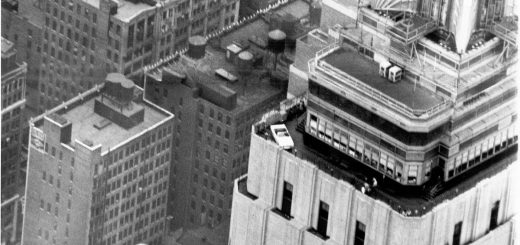
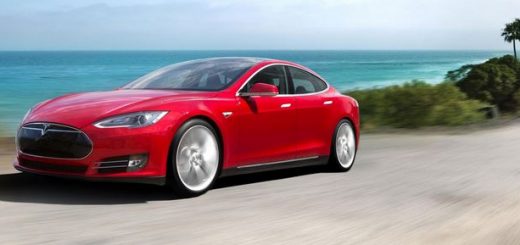
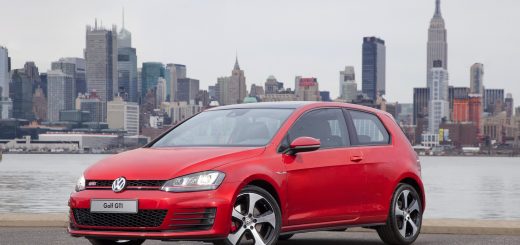
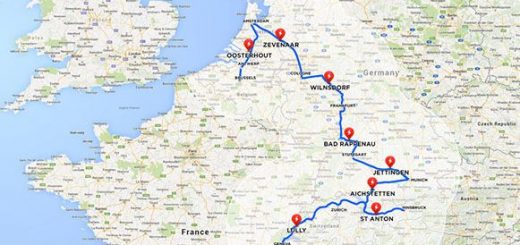
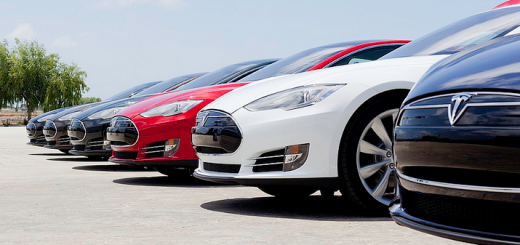
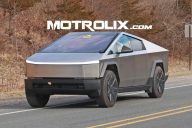
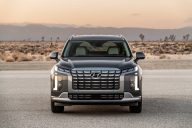
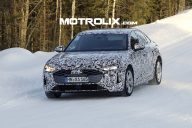
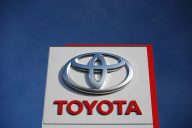
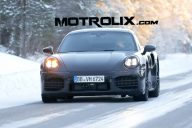
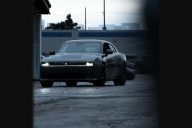
Comments